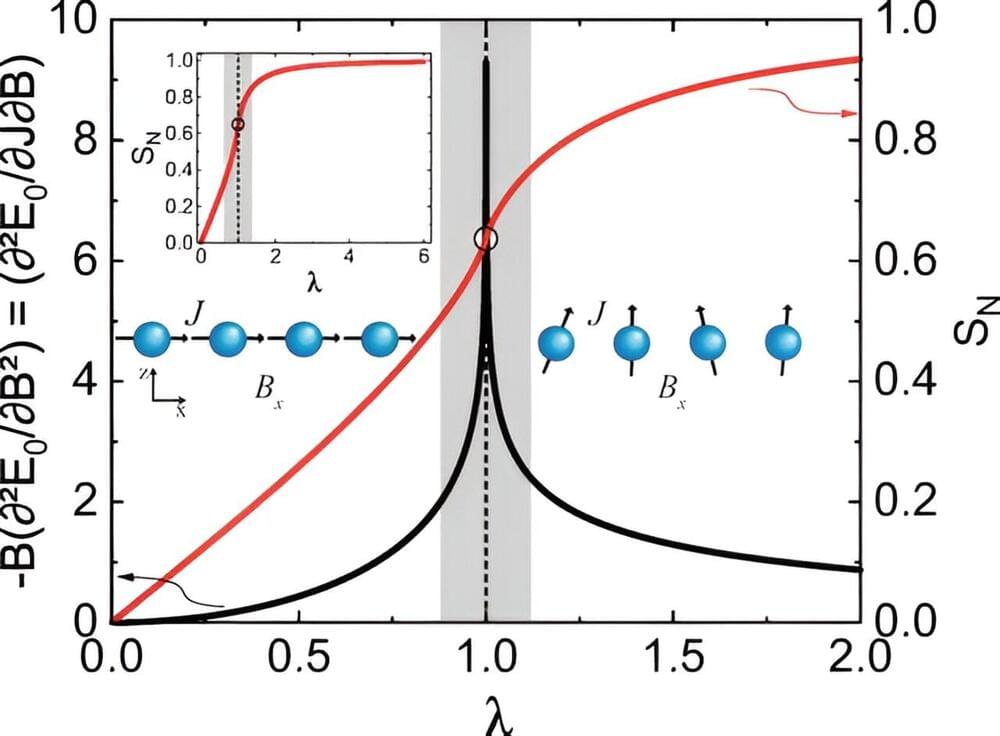Dive into the future of road safety as Toyota introduces the world’s first self-drifting GR Supra, combining racing instincts and AI magic!




In a paper published in npj Imaging, King’s researchers have assessed the use of fertilized chicken eggs as an alternative model that can resolve both ethical and economic issues for preclinical cancer research.
The use of animal models in cancer research is a major contributor to the clinical development of drugs and diagnostic imaging. However, while invaluable tools, the current standard of using mouse models to recreate diseases is expensive, time-intensive, and complicated by both variable tumor take rates and the associated welfare considerations.
Fertilized chicken eggs contain a highly vascularized membrane, known as the chicken chorioallantoic membrane (CAM), which can provide an ideal environment for tumor growth and study, but to date, relatively few studies have used chick CAM to evaluate novel radiopharmaceuticals.


Though highly capable – far outperforming humans in big-data pattern recognition tasks in particular – current AI systems are not intelligent in the same way we are. AI systems aren’t structured like our brains and don’t learn the same way.
AI systems also use vast amounts of energy and resources for training (compared to our three-or-so meals a day). Their ability to adapt and function in dynamic, hard-to-predict and noisy environments is poor in comparison to ours, and they lack human-like memory capabilities.
Our research explores non-biological systems that are more like human brains. In a new study published in Science Advances, we found self-organising networks of tiny silver wires appear to learn and remember in much the same way as the thinking hardware in our heads.
Strategic capability
The development of the new technology was done for the effective utilization of drones in life-saving search and rescue operations, as well as the dependable delivery of packages. For this, their ability to navigate through dynamic environments seamlessly and without mishaps is crucial.

Professor Amir Capua, head of the Spintronics Lab within the Institute of Applied Physics and Electrical Engineering at Hebrew University of Jerusalem, announced a pivotal breakthrough in the realm of light-magnetism interactions. The team’s unexpected discovery reveals a mechanism wherein an optical laser beam controls the magnetic state in solids, promising tangible applications in various industries.
“This breakthrough marks a paradigm shift in our understanding of the interaction between light and magnetic materials,” stated Professor Capua. “It paves the way for light-controlled, high-speed memory technology, notably Magnetoresistive Random Access Memory (MRAM), and innovative optical sensor development. In fact, this discovery signals a major leap in our understanding of light-magnetism dynamics.”
The research challenges conventional thinking by unraveling the overlooked magnetic aspect of light, which typically receives less attention due to the slower response of magnets compared to the rapid behavior of light radiation.
Boston Dynamic’s legged robots won the internet by doing parkour and dancing to classic R&B. The company’s founder Marc Raibert now leads an institute trying to make the machines more independent.

Entanglement is a property of quantum physics that is manifested when two or more systems interact in such a way that their quantum states cannot be described independently. In the terminology of quantum physics, they are said to be entangled, i.e. strongly correlated. Entanglement is of paramount importance to quantum computing. The greater the entanglement, the more optimized and efficient the quantum computer.
A study conducted by researchers affiliated with the Department of Physics at São Paulo State University’s Institute of Geosciences and Exact Sciences (IGCE-UNESP) in Rio Claro, Brazil, tested a novel method of quantifying entanglement and the conditions for its maximization. Applications include optimizing the construction of a quantum computer.
An article on the study is published as a letter in Physical Review B.

Shift Robotics is set to introduce its latest innovation, the Moonwalkers X, at CES 2024, showcasing advancements that make these robotic shoes significantly lighter, quicker, and smarter than their predecessor.
The Moonwalkers X, with six wheels instead of 10, is poised to redefine the landscape of commercial mobility. Xunjie Zhang, CEO and founder of Shift Robotics, expressed excitement about the upcoming launch, stating, “With Moonwalkers X, we’ve redefined lightweight mobility by trimming nearly a pound from the original design.”